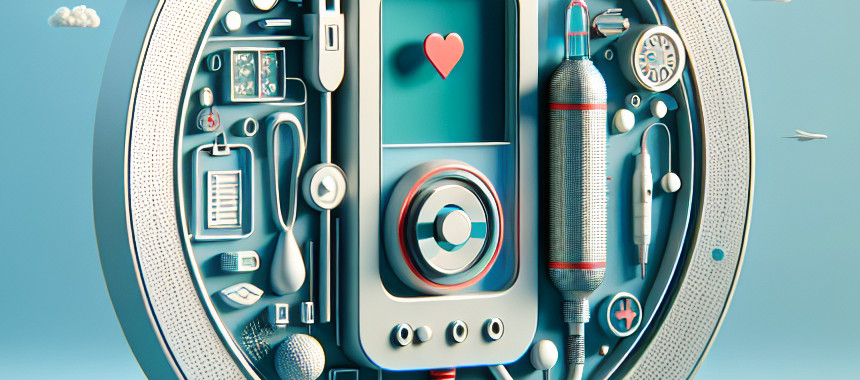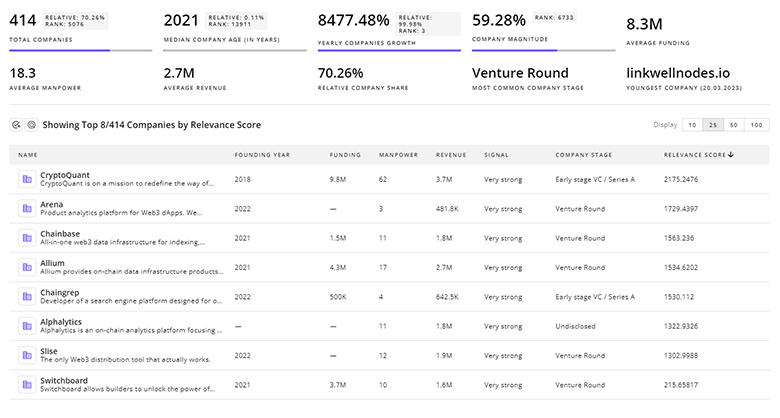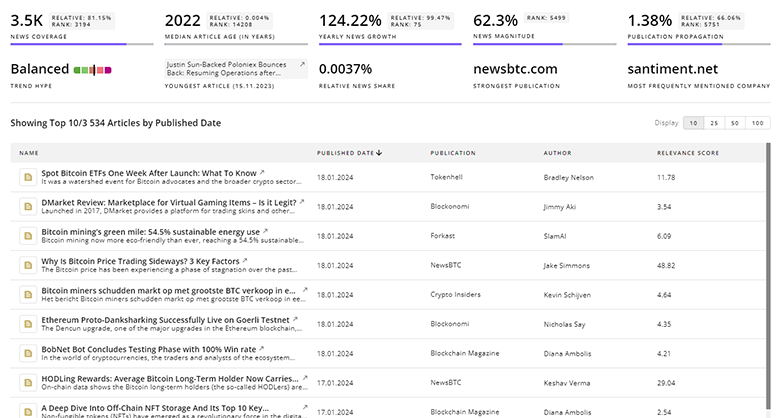
Medical Device Engineering Report
: Analysis on the Market, Trends, and TechnologiesThe medical device engineering market is large and growing: the internal trend data values the 2024 market at USD 9.05 billion and reports a 10.0% CAGR for the sector, with a long-range projection to USD 23.35 billion by 2034. External market studies corroborate strong demand for outsourced design, software, and testing services driven by aging populations, chronic disease burden, and adoption of connected devices; one analysis estimates the design & development services segment at roughly USD 10.4 billion in 2023 and a mid-teens CAGR into the decade Medical Device Design and Development Services Market – By Services, By Medical Devices, By Application, By End Use – Global Forecast, 2024 – 2032. The combined evidence points to three commercial imperatives for engineering teams: accelerate regulated software and systems workstreams, industrialize patient-specific manufacturing, and harden cybersecurity and post-market surveillance capabilities to meet regional regulators’ rising expectations MarketsandMarkets – Medical Device Engineering Market.
We last updated this report 6 days ago. Tell us if you find something’s not quite right!
Topic Dominance Index of Medical Device Engineering
To gauge the impact of Medical Device Engineering, the Topic Dominance Index integrates time series data from three key sources: published articles, number of newly founded startups in the sector, and global search popularity.
Key Activities and Applications
- Design, development, and manufacturing of implantable and minimally invasive devices — firms integrate mechanical, materials, and microfabrication engineering to produce orthopedic, cardiovascular, and implantable therapy devices.
- Diagnostic imaging engineering — high investment flows to imaging electronics, AI image analytics, and imaging-grade mechanical design; diagnostic imaging is a leading revenue segment for device engineering services.
- Software and SaMD engineering — development of embedded firmware, IEC 62304 compliant software, and cloud connectivity sits at the center of many projects and accounts for rising outsourcing of software testing and verification.
- Additive manufacturing for patient-specific implants and rapid prototyping — engineering teams use multi-material 3D printing to shorten iteration cycles and realize customized lattice structures for osseointegration 10 Medical Device Trends in 2026 – StartUs Insights.
- Remote patient monitoring and wearable device engineering — engineering efforts focus on low-power sensors, edge analytics, and secure connectivity to support home-based care pathways How Medical Device Engineering is Improving Patient Outcomes – Vanderbilt Engineering.
- Testing, validation, and regulatory support — comprehensive verification/validation, biocompatibility and sterility testing, and DHF/DMR document generation are core contracted services that enable market entry in major regions Design History File (DHF), Device Master Record (DMR), and Device History Record (DHR) – A Technical Documentation Training (Recorded).
Emergent Trends and Core Insights
- AI and data integration across the product lifecycle — teams now use AI for imaging, predictive maintenance, and post-market signal detection; this changes verification needs and creates new regulatory evidence requirements.
So what: AI pushes engineering groups to add data-science controls, model management, and clinical-performance tracking into traditional product development pipelines. - Miniaturization and MEMS sensor proliferation — patent activity shows a large uplift in microelectromechanical sensors and microfabrication methods, enabling smaller implants and wearable sensors.
So what: Design teams must combine microfabrication know-how with stringent packaging and reliability testing to move MEMS-enabled devices to market. - Software, cybersecurity, and SBOM lifecycle management — regulators emphasize post-market cybersecurity, driving demand for vulnerability testing, SBOM processes, and continuous monitoring services Medical Device Cybersecurity Following New FDA Guidance.
So what: Companies that weave cybersecurity into design controls and supply chain governance reduce regulatory delays and lower recall risk. - Regional growth divergence — North America currently dominates engineering spend while APAC registers the fastest growth due to regulatory reform and local manufacturing investments.
So what: Offshore and near-shore partnerships offer cost leverage, but buyers must manage IP protection and quality system alignment. - Expansion of testing and validation services — rising regulatory complexity increases outsourcing of sterility, biocompatibility, and software V&V workstreams Medical Device Engineering Services Market Outlook 2025.
So what: Testing labs and CROs become strategic partners early in projects to prevent late-stage failures that cause costly redesigns.
Technologies and Methodologies
- MEMS and microfabrication — process patents and industry projects emphasize diaphragm pressure sensors, inertial sensors, and microstructures used in implantables and wearables.
- Additive manufacturing and multi-material 3D printing — used for rapid prototyping and patient-specific implants; digital workflows from CT/MRI to print shorten lead times.
- Model-based systems engineering (MBSE) and digital twins — teams adopt MBSE to manage system complexity and use digital twins for virtual verification under varied physiological conditions.
- Embedded firmware and IEC 62304-compliant development — disciplined SSDLC, unit and integration testing, and traceability remain mandatory for connected devices Understanding FDA Design Verification and Validation Requirements for Medical Devices.
- Virtual testing, FEA/CFD and accelerated life testing — simulation reduces physical prototypes and supports regulatory submissions for durability and safety claims.
- Security engineering and SBOM automation — automated SBOM generation, continuous vulnerability scanning, and zero-trust frameworks are emerging engineering practices for compliant device software lifecycles.
Medical Device Engineering Funding
A total of 797 Medical Device Engineering companies have received funding.
Overall, Medical Device Engineering companies have raised $18.7B.
Companies within the Medical Device Engineering domain have secured capital from 3.1K funding rounds.
The chart shows the funding trendline of Medical Device Engineering companies over the last 5 years
Medical Device Engineering Companies
- Seisa Medical — Seisa provides vertically integrated contract design and manufacturing across North America and Europe, with capacity for Class I–III devices and ISO-certified cleanroom production; the group emphasizes product transfers and regulatory-focused manufacturing that shortens clients’ scale-up timelines.
- Minnetronix Medical — Minnetronix works as a lifecycle partner for complex electromechanical devices, specializing in RF energy, fluid management, optics, and stimulation systems; the firm combines design services with manufacturing to accelerate regulated product commercialization.
- StarFish Medical — StarFish offers end-to-end product engineering and low-volume electro-mechanical manufacturing with ISO 13485 facilities and a proprietary Pathfinder™ definition process to reduce technical risk during early development and regulatory submissions.
- Northeast Biomedical, Inc. — Northeast Biomedical operates as an agile, phase-gated development partner focused on disposables, catheters, and electromechanical instrumentation; their “engineer on call” model and academic sponsorships aim to help smaller innovators bridge engineering and regulatory gaps.
- Engenious Design — Engenious specializes in electronic and embedded medical device design with ISO 13485 processes and a portfolio that includes Class II/III and PMA projects; the firm targets lower risk development by embedding quality system controls early in firmware and hardware design.
Enhance your understanding of market leadership and innovation patterns in your business domain.

3.7K Medical Device Engineering Companies
Discover Medical Device Engineering Companies, their Funding, Manpower, Revenues, Stages, and much more
Medical Device Engineering Investors
TrendFeedr’s Investors tool offers comprehensive insights into 2.3K Medical Device Engineering investors by examining funding patterns and investment trends. This enables you to strategize effectively and identify opportunities in the Medical Device Engineering sector.

2.3K Medical Device Engineering Investors
Discover Medical Device Engineering Investors, Funding Rounds, Invested Amounts, and Funding Growth
Medical Device Engineering News
TrendFeedr’s News feature provides access to 2.6K Medical Device Engineering articles. This extensive database covers both historical and recent developments, enabling innovators and leaders to stay informed.

2.6K Medical Device Engineering News Articles
Discover Latest Medical Device Engineering Articles, News Magnitude, Publication Propagation, Yearly Growth, and Strongest Publications
Executive Summary
The available data shows a medical device engineering market that combines sustained compound growth with shifting technical priorities: software and data capabilities now command equal attention with mechanical and materials engineering, while regulatory demands force earlier integration of cybersecurity, human factors, and formal V&V evidence. Commercial winners will pair deep, auditable engineering practices with flexible manufacturing and testing partnerships that reduce time to market for complex, patient-specific devices. For engineering leaders and investors, the pragmatic play is to build cross-functional teams that own software lifecycle controls, digital modeling and simulation, and secure supply-chain workflows, and to partner selectively with specialized contract engineering and testing providers to manage capital intensity and regulatory risk.
We value collaboration with industry professionals to offer even better insights. Interested in contributing? Get in touch!







